Snapdragon X Elite vs Intel Core i7 Benchmark Comparison
Intel CPUs look more powerful but Snapdragon's consume a lot less power
6 min. read
Updated on
Read our disclosure page to find out how can you help Windows Report sustain the editorial team. Read more
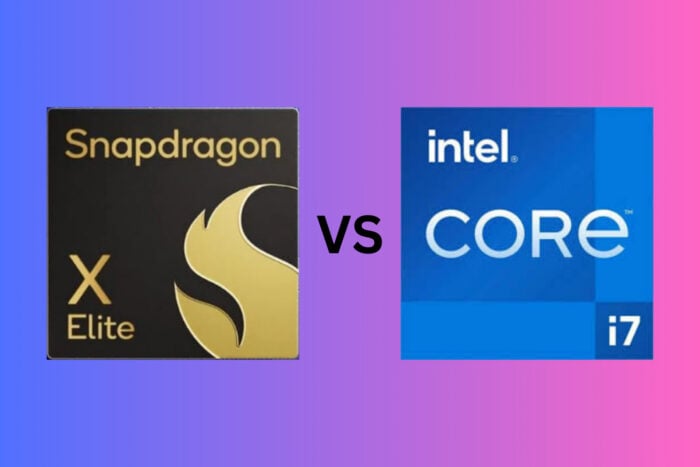
When it comes to choosing the right CPU, understanding the differences between the CPUs is pretty important. We decided to compare the notorious Snapdragon X Elite SoC with the latest Intel Core i7 14790F and 14700HX CPUs. While 14790F is a desktop CPU, 14700HX is a mobile CPU. Let’s see how they compare in terms of specifications and performance.
Snapdragon X Elite vs Intel Core i7 detailed comparison
Qualcomm Snapdragon X Elite vs Intel Core i7 14790F
| Cores & threads | Clock speeds | Cache | Intel Core i7 14790F | Power consumption | |
| Snapdragon X Elite | 12 cores with 12 threads | 1 GHz – 4.3 GHz | 42 MB | LPDDR5x-8448 | 23-65 W |
| Intel Core i7 14790F | 16 cores with 26 total threads | 2.1 GHz – 5.3 GHz | 36 MB | DDR5-5600 | 65 W |
The Snapdragon X Elite X1E-84-100, which is for the ultraportable notebook market, has 12 cores and starts at a frequency of 3.8GHz. In comparison, Intel Core i7 14790F has a base rate of 2.1GHz with its powerful 16 core design that suits desktop needs. Yeah, we know that we compare apples and peaches here. Intel Core i7 14790F was created for desktops so the focus was not on power consumption, but even so, the Snapdragon SoC still tops it in other areas as well.
The Snapdragon X Elite has its own graphics card, and better memory specs. This makes it good for people who want a small but strong technology that works well with many tasks. The benefits also include bigger memory bandwidth and higher base frequency which are important when doing multitasking. Also, the lower TDP (Thermal Design Power) suggests a cooler and more energy-saving operation which is an important consideration especially for portable devices.
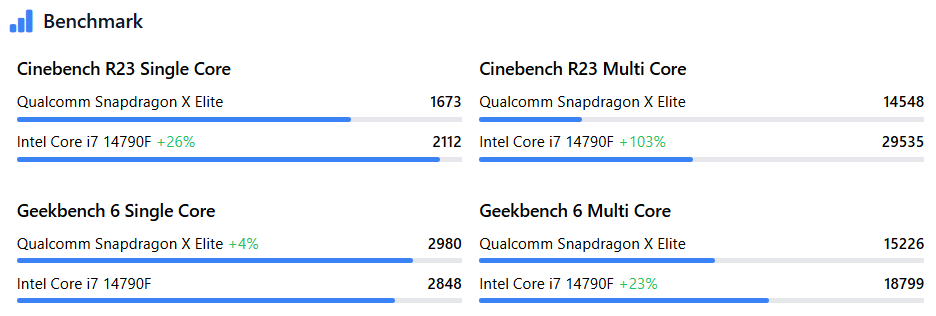
On the other hand, Intel Core i7 14790F is from a more recent PCIe version which may indicate better readiness for future with faster data transfer and new connectivity choices. The performance of this component in benchmark tests is quite good, especially when it comes to multi-core scenarios. This shows that it can handle demanding applications and do multitasking efficiently.
In the end, if you are trying to make a decision between these two powerhouses, it depends on what your use is. For people who put importance on being mobile and saving energy – the Snapdragon X Elite is a clear choice. It offers promise for Windows 11 devices of the future and can run old Windows applications too (legacy). Its performance in AI inferencing also makes it interesting – showing potential strength for coming up with new uses or improvements in mobile computing area later on.
On the other hand, for users who need top-level performance – particularly in desktop apps where how much power is used matters less – they might like to go with Intel Core i7 14790F. This one has better multi-core ability and more types of connections, which makes it suitable for demanding gaming, making content and similar heavy-duty activities. So, clearly, Intel Core i7 14790F is more powerful, but we expected more by comparing a mobile processor to a desktop PC CPU. Snap
Qualcomm Snapdragon X Elite vs Intel Core i7 14700HX
| | Cores & threads | Clock speeds | Cache | Intel Core i7 14790F | Power consumption |
| Snapdragon X Elite | 12 cores with 12 threads | 1 GHz – 4.3 GHz | 42 MB | LPDDR5x-8448 | 23-65 W |
| Intel Core i7 14700HX | 20 cores with 26 total threads | 2.1 GHz – 5.5 GHz | 33 MB | DDR5-5600 | 55 W |
Well, this battle is a lot more relevant because both Qualcomm Snapdragon X Elite (X1E-84-100) and Intel Core i7-14700HX were created for portable devices.
Initially, we have the Snapdragon X Elite. It is a new entry launched in 2024’s second quarter and offers a 12-core setup. The base clock speed of this one starts at 1.00 GHz which may not sound too high but it can turbo boost to as much as 4.30 GHz. But wait, the Intel Core i7-14700HX which came out a little earlier in the first quarter of 2024 shows off with 20 cores and a base clock at 2.10 GHz that can go up to 5.50 GHz when it needs to flex its muscles. More cores and faster speeds could make you think Intel is ahead?
However, a processor is not just about its speed and core count. Snapdragon has an integrated AI engine that can handle 45 TOPS (trillion operations per second), which is quite impressive. Intel’s AI Boost technology comes as a response but they haven’t specified the exact TOPS capability in their advertisement so we are still left somewhat unsure about how powerful it really is for handling artificial intelligence tasks.
For graphics, both processors have their own built-in GPUs. The Snapdragon has an Adreno X1 GPU and the Intel comes with a UHD Graphics 13th Gen. These can handle basic graphic requirements but are not meant to replace a separate gaming GPU anytime soon.
The next battle zone is memory support. The Snapdragon can hold a maximum of 64 GB LPDDR5X memory, which is very fast and good. But Intel goes higher with capacity to 192 GB but using DDR5-5600 or DDR4-3200, giving choice in memories. Intel appears superior in terms of memory capacity, yet Snapdragon matches them in speed.
Maintaining thermal balance is very important, particularly for managing device cooling when under pressure. The Snapdragon has a TDP of 23 W, which is much less compared to Intel’s 55 W. Having lower TDP shows that Snapdragon can produce less heat and possibly offer longer battery life for devices running on it.
Finally, we will mention the making method. The Snapdragon is created with a 4 nm process that appears to be more modern and effective compared to Intel’s 10 nm process. This could possibly result in enhanced performance and energy usage for the Snapdragon.
Therefore, who is the winner in this race? Well, it truly depends on what you are searching for. If your desire is for more core numbers and capacity of memory, then Intel could be an option to consider. However, if you are someone who values high efficiency and advanced AI abilities, the Snapdragon might be your choice.
Always keep in mind that the processor which suits best for your requirements is most preferable, no matter if it’s about gaming, creating or simply surfing on internet. And, of course, it also depends on the other configuration of your device. You will not see an Intel powered laptop with more than 64 GB of RAM any time soon and at the same RAM count, the Snapdragon machine will be faster in terms of memory speed.
This isn’t the only Intel CPU we compared Snapdragon X Elite to, and if you want to learn more, go to our Snapdragon X Elite vs Intel Core Ultra 7 article for more details.
In case you’re an AMD fan, make sure you visit our Snapdragon X Elite vs Z1 Extreme guide for an in-depth comparison between the two.
What do you think about Snapdragon X Elite vs Intel Core i7? Which one you will choose? Let’s talk about that in the comments.
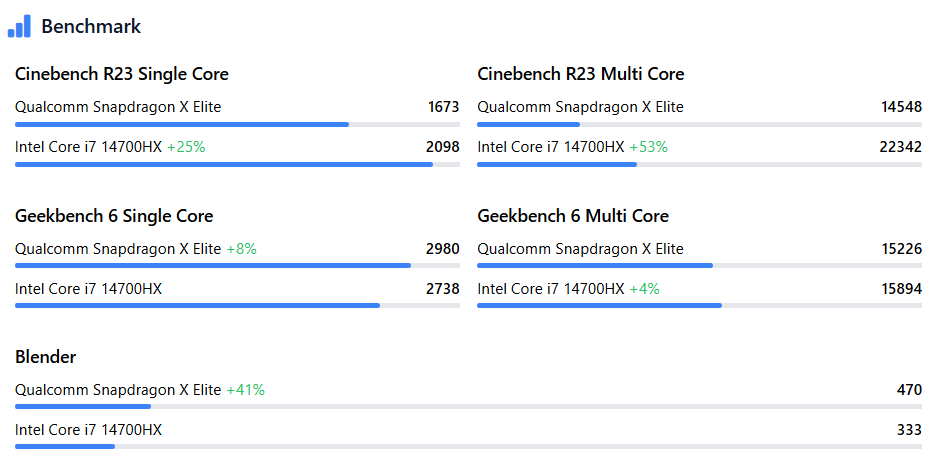
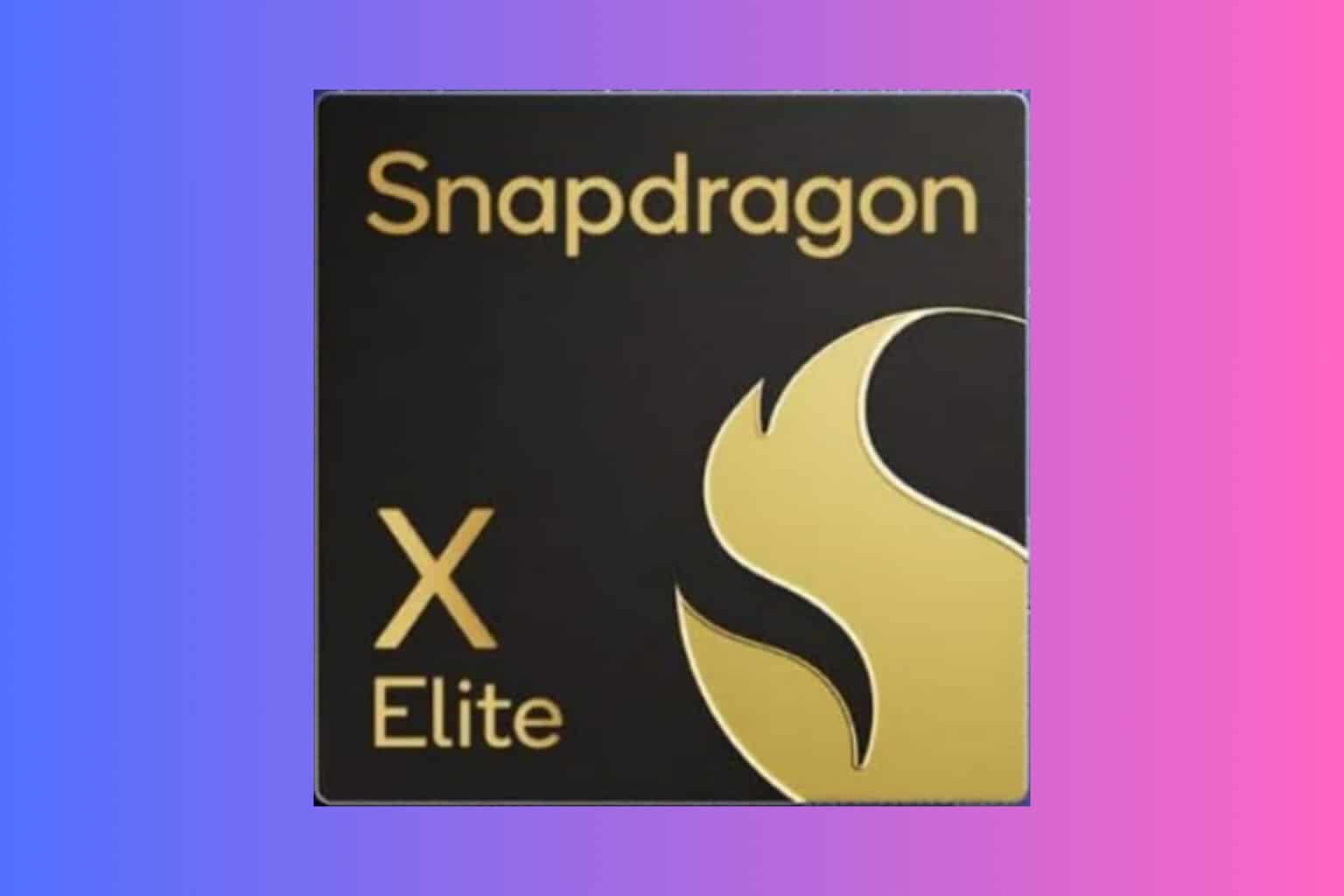
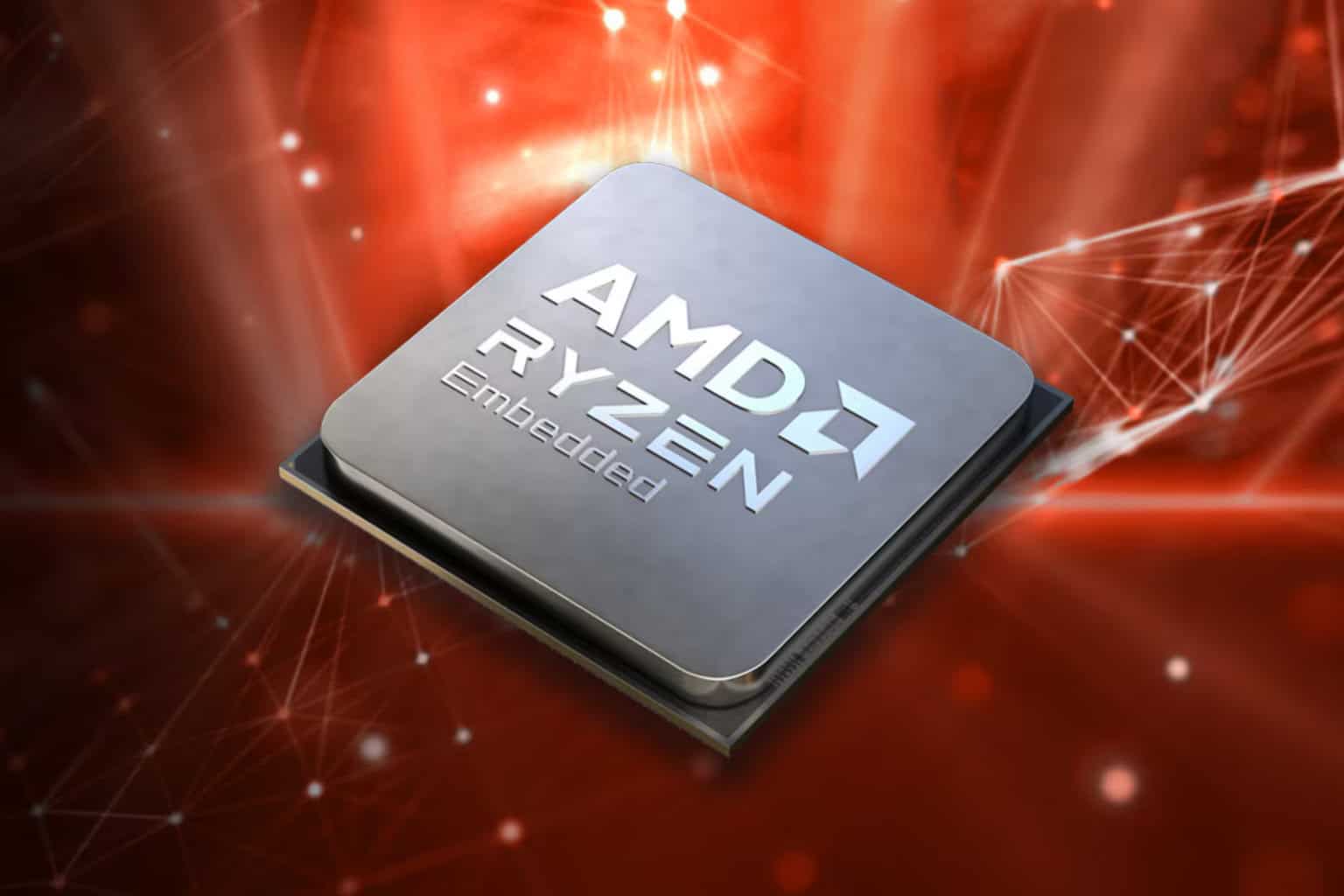


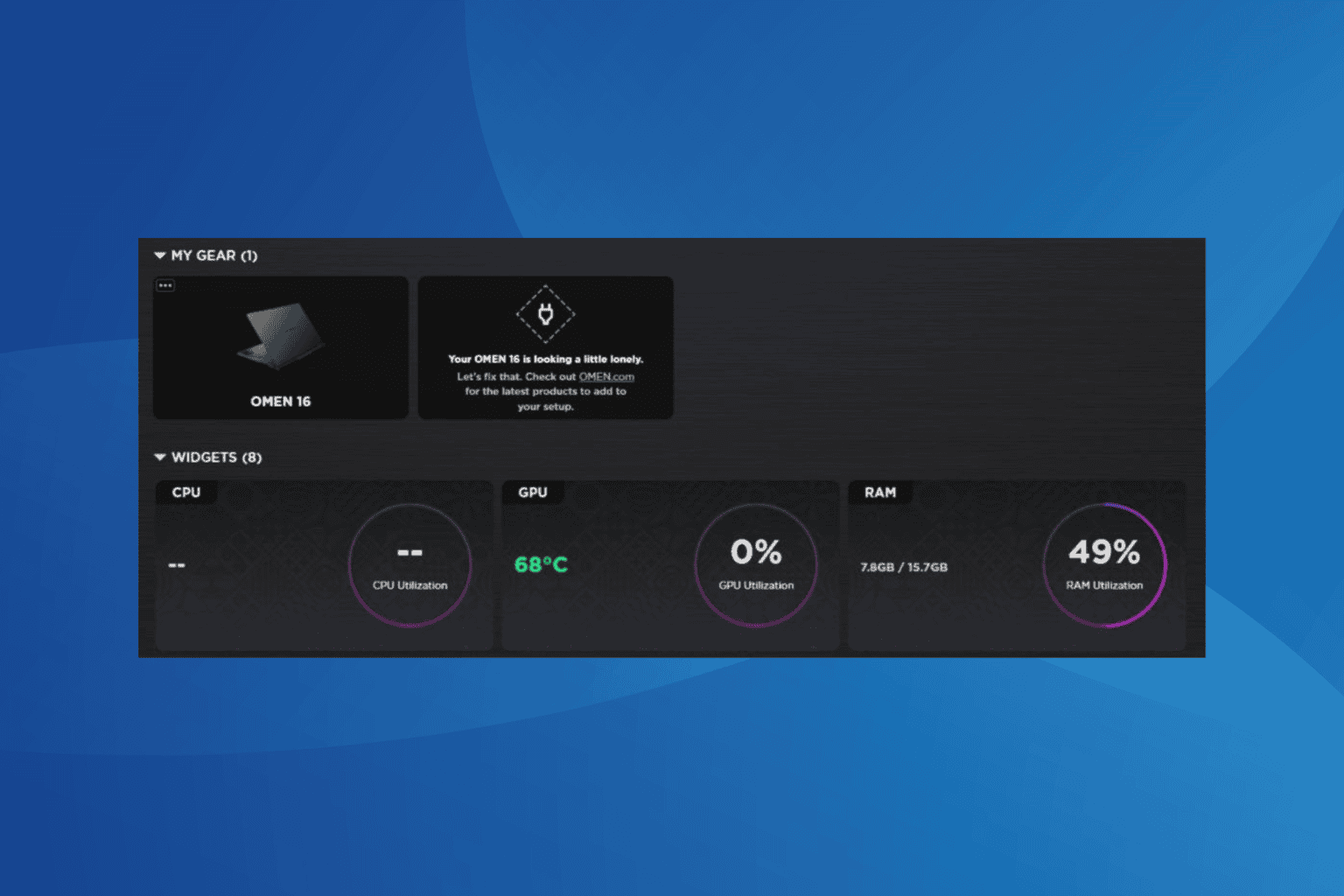

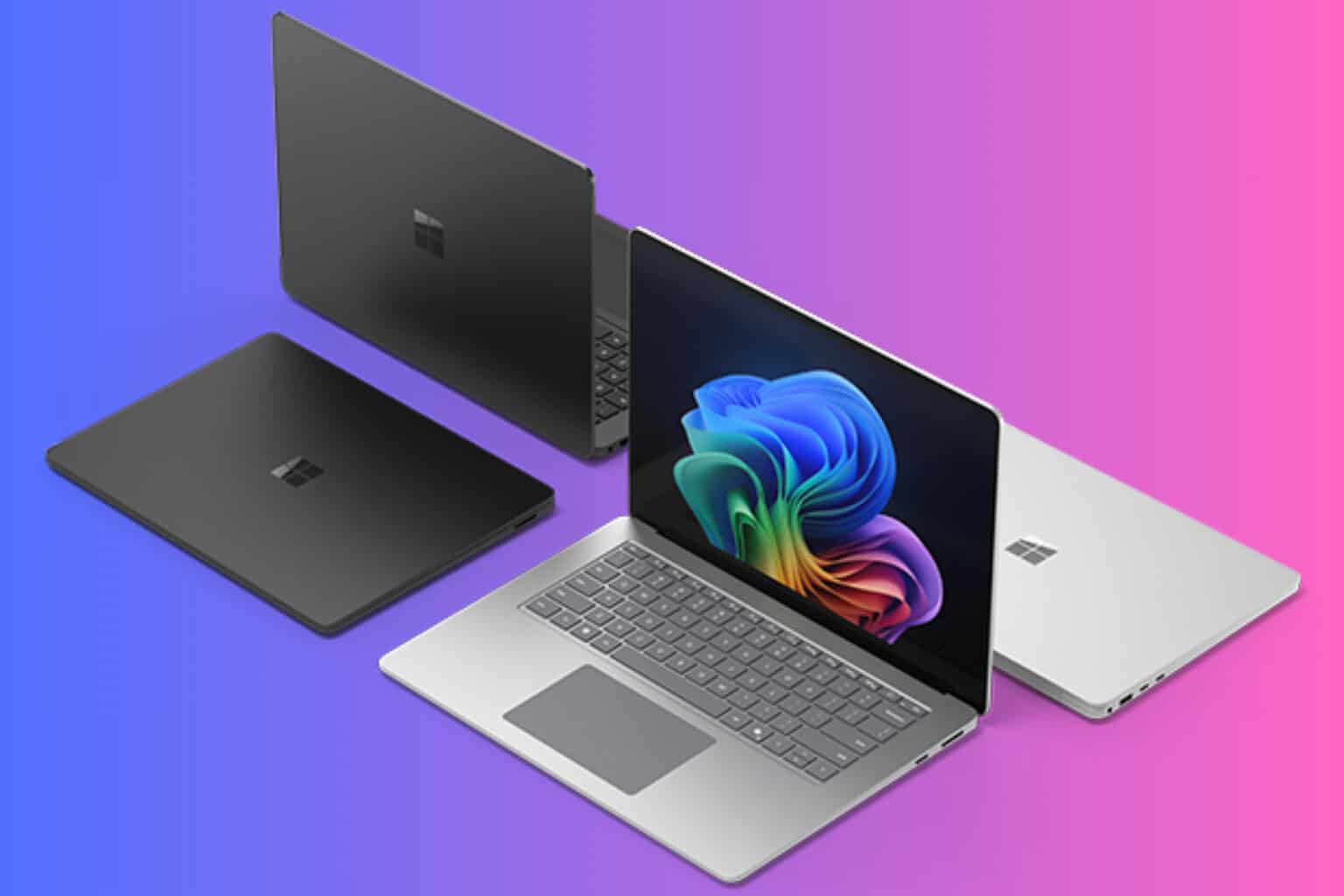
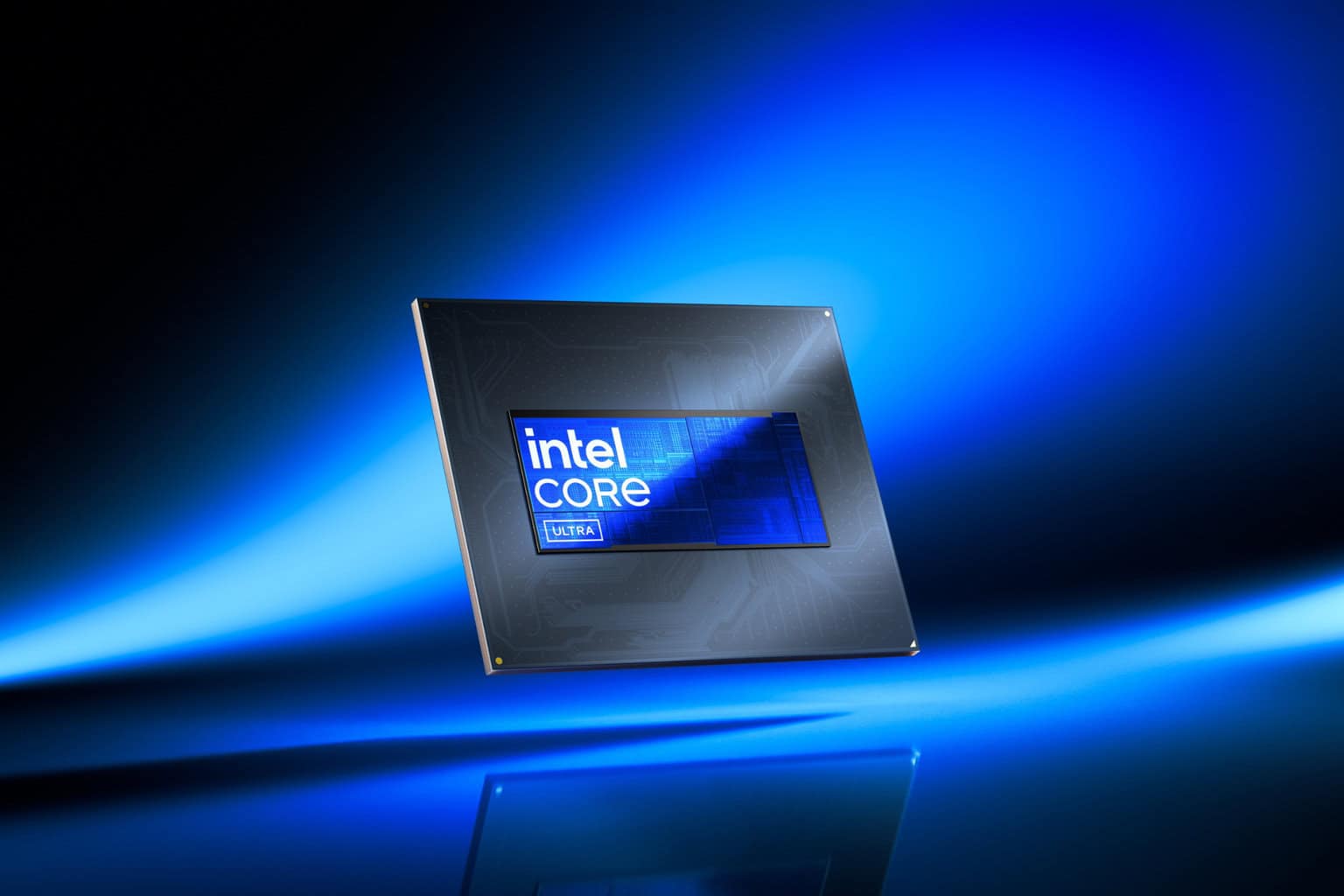
User forum
0 messages